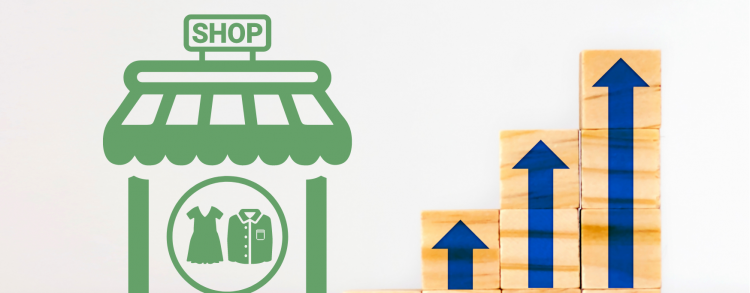

Bangladesh RMG exported $31.45 billion in 2020-21, among which most products were headed to the EU and US. Non-traditional markets only account for 16.16% of total export. This section of the market is growing at 6.36% YoY. Expanding Bangladesh RMG products to new markets will increase exports as well as reduce losses if a market closes.
The Bangladesh RMG industry is still dependent on 5 major products. Non-traditional products only represent about 17.9% of total export. Synthetic fibre represents an exciting area for export, according to an international survey by Lenzing share of synthetic fibre is about 63%. This sector is projected to have a steady growth rate of 3-4 % up to 2024. There is progress going on in this area, Bangladesh is the largest sourcing destination for Marks and Spencer (M&S). Currently, M&S sources more than $1.2 billion worth of garment items a year.
The fashion industry accounts for 10% of the world's total CO2 emissions. The impact of co2 emissions is becoming clear. As consumers become more aware of the fashion industry's impact on the environment, they look for sustainable clothes. There are several benefits to going sustainable from less water use to better work conditions.
Brands are increasingly looking to source from eco-friendly sources. For example, H&M aims to become climate positive across its entire value chain by 2040, Marks & Spencer is working with its partners to reduce value chain emissions by 13.3 million tonnes by 2030 and Patagonia aims to eliminate or mitigate all of its carbon emissions by 2025. Zara, a major name in fast fashion since the 80s, has committed to using 100 per cent sustainable fabrics by 2025.
The traditional system of take-make-waste is being replaced with sustainable systems. Consumers are embracing recycling culture, instead of throwing used clothes into the bin. The global textile recycling market reached a value of around US$ 5 Billion in 2020. Looking forward, IMARC Group expects the market to reach a value of US$ 5.7 Billion by 2026. Governments are also looking into reducing Co2 emissions, EU is looking towards being climate neutral by 2050. The US is looking to reduce net GHG emissions by 50-52% below 2005 levels in 2030.
This opens up new opportunities for suppliers who have invested in green technologies and implemented eco-friendly policies.
Photo Courtesy: Canva